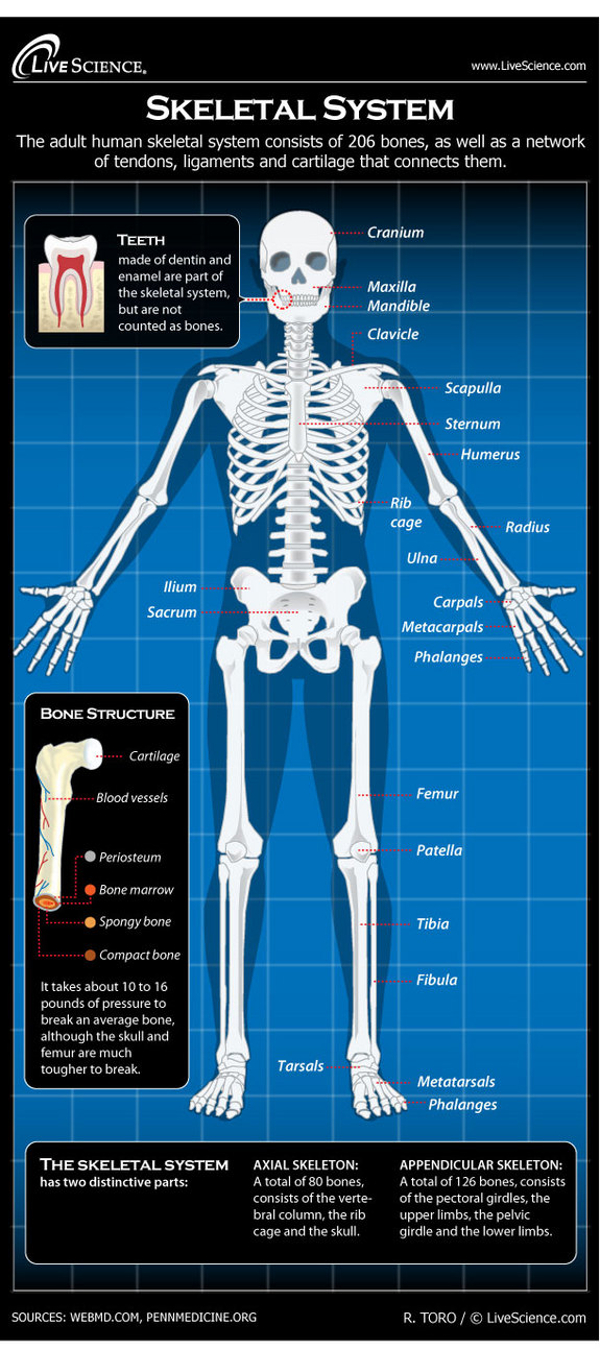Suffering from a dislocated rib is not a rare condition. Various factors can contribute to rib injuries or bruises leading to excruciating pain when you breath and difficulty with muscle function. A dislocation can occur when the bones that are normally connected become separate. If you suspect that you are suffering from a rib dislocation, seek medical attention right away. Lack of treatment can lead to further damage to your ligaments, nerves, or blood vessels. Subluxation may occur as a result of a minor dislocation in which the surfaces still touch, but not in normal relation to each other.
Signs and Symptoms
Depending on where the injury has occurred, you may experience sharp pain in the chest or back with bruising and swelling around the injured area. At the time of injury, an audible pop may occur followed by a lump to the surrounding area.
Additional symptoms you may experience:
- Difficulty breathing.
- Intense pain sitting up.
- Loss of function of the injured rib.
- Coughing.
- Straining.
- Tenderness over the area of dislocation.
- Numbness or paralysis of the other ribs due to pressure.
Seeking Treatment
When you seek medical treatment for your dislocated rib, the doctor may observe your symptoms, examine your medical history and physical condition, and take x-rays of your chest and spine.
After the dislocation is corrected, the injured ligaments can take a minimum of six weeks to heal. Additional chest padding or gentle compression may be advised to use during this time.
Medication may be prescribed to assist the injured with any ongoing pain and discomfort. These may include muscle relaxers to make joint manipulation possible, acetaminophen to relieve pain, narcotic pain relievers for severe cases, stool softeners to prevent constipation, and antibiotics to fight infection.
Future Prevention
One time is more than enough to realize that you do not want to suffer from a dislocated rib in the future. How can you prevent future injury?
1. Once the rib is stabilized and comfortable again, perform exercises that strengthen all surrounding muscles in their proper positions.
2. Do adequate warm ups before any physical activity.
3. Wear protective devices such as a rib vest to prevent reinjury.
4. Avoid contact sports.
5. Avoid direct blows to the ribs or activity that can result in a rib sprain.
It is important to note that you can increase your risk of another dislocated rib if you have poor muscle conditioning or arthritis of any kind. Rehabilitation exercises should start when a support wrap is no longer needed. Ice massages can be done for 10 minutes before and after workouts to prevent inflammation or additional injury.
If you experience any of the following after seeking medical treatment for a dislocated rib, contact your doctor.
- The skin of your chest become numb, pale, or cold.
- You experience nausea or vomiting.
- Shortness of breath or extreme air hunger.
- Increased pain, swelling, or drainage in the area.
- New and unexplained symptoms that develop following drug treatment.
- Rib dislocations that pop back into normal position regularly.
